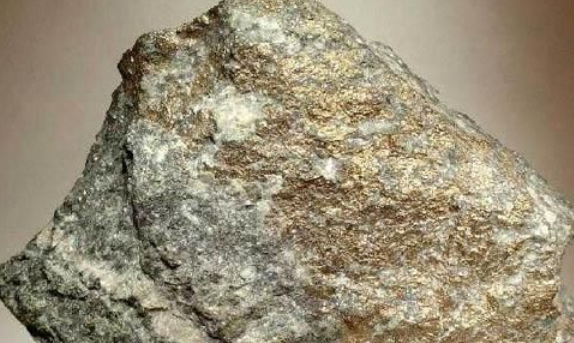Nickel is an almost silver-white, hard, ductile and ferromagnetic metallic element that is highly polishable and resistant to corrosion. Nickel is an iron-loving element. Nickel is contained in the earth’s core and is a natural nickel-iron alloy. Nickel can be divided into primary nickel and secondary nickel. Primary nickel refers to nickel products including electrolytic nickel, nickel powder, nickel blocks, and nickel hydroxyl. High-purity nickel can be used to produce lithium-ion batteries for electric vehicles; secondary nickel includes nickel pig iron and nickel pig iron, which are mainly used to produce stainless steel. Ferronickel.
According to statistics, since July 2018, the international nickel price has fallen by more than 22% cumulatively, and the domestic Shanghai nickel futures market has also plummeted, with a cumulative decline of more than 15%. Both of these declines rank first among international and domestic commodities. From May to June 2018, Rusal was sanctioned by the United States, and the market expected that Russian nickel would be implicated. Coupled with domestic concerns about the shortage of deliverable nickel, a variety of factors jointly pushed nickel prices to reach the high point of the year in early June. Subsequently, affected by many factors, nickel prices continued to fall. The industry’s optimism about the development prospects of new energy vehicles has provided support for the previous rise in nickel prices. Nickel was once highly anticipated, and the price hit a multi-year high in April this year. However, the development of the new energy automobile industry is gradual, and large-scale growth requires time to accumulate. The new subsidy policy for new energy vehicles implemented in mid-June, which tilts subsidies towards high-energy-density models, has also poured cold water on nickel demand in the battery field. In addition, stainless steel alloys remain the end user of nickel, accounting for more than 80% of total demand in China’s case. However, stainless steel, which accounts for such a heavy demand, has not ushered in the traditional peak season of the “Golden Nine and Silver Ten”. Data shows that as of late October 2018, the stainless steel inventory in Wuxi was 229,700 tons, an increase of 4.1% from the beginning of the month and a year-on-year increase of 22%. . Affected by the cooling of automobile real estate sales, stainless steel demand is weak.
The first is supply and demand, which is the primary factor in determining long-term price trends. In recent years, due to the expansion of domestic nickel production capacity, the global nickel market has experienced a serious surplus, causing international nickel prices to continue to fall. However, since 2014, as Indonesia, the world’s largest nickel ore exporter, announced the implementation of a raw ore export ban policy, the market’s concerns about the supply gap of nickel have gradually increased, and international nickel prices have reversed the previous weak trend in one fell swoop. In addition, we should also see that ferronickel production and supply have gradually entered a period of recovery and growth. Moreover, the expected release of ferronickel production capacity at the end of the year still exists. In addition, the new nickel iron production capacity in Indonesia in 2018 is about 20% higher than the previous year’s forecast. In 2018, Indonesia’s production capacity is mainly concentrated in Tsingshan Group Phase II, Delong Indonesia, Xinxing Cast Pipe, Jinchuan Group, and Zhenshi Group. These production capacities are released It will make the supply of ferronickel loose in the later period.
In short, the softening of nickel prices has had a greater impact on the international market and insufficient domestic support to resist the decline. Although long-term positive support still exists, weak domestic downstream demand has also had an impact on the current market. At present, although the fundamental positive factors exist, the short weight has increased slightly, which has triggered a further release of capital risk aversion due to intensified macro concerns. Macro sentiment continues to restrict the trend of nickel prices, and even the intensification of macro shocks does not rule out a decline in the stage. A trend appears.
Post time: Mar-11-2024


